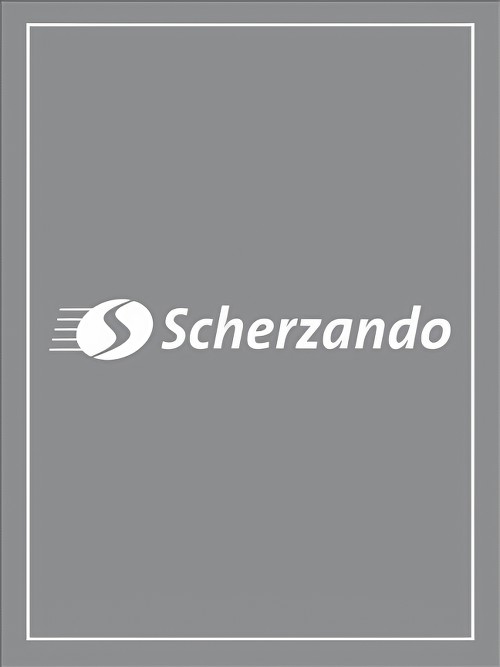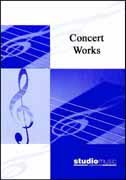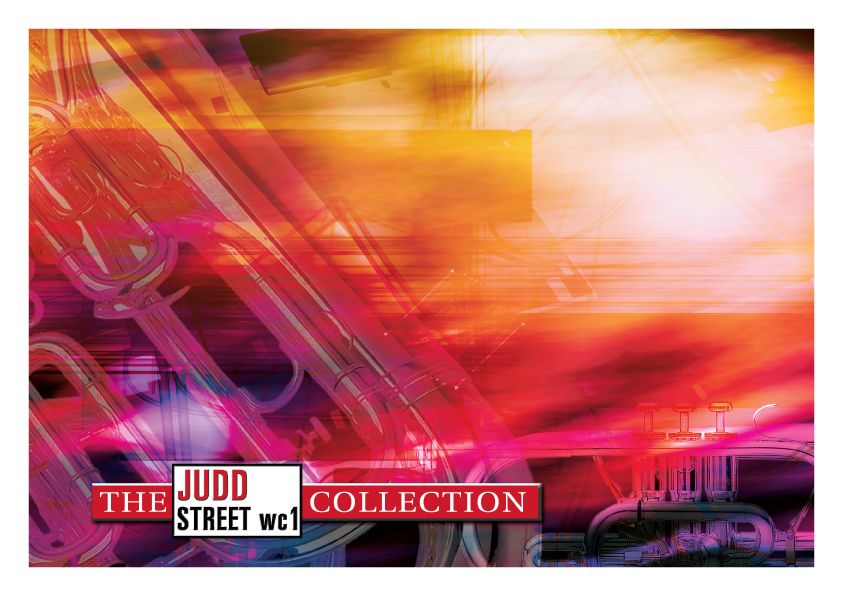Results
-
 £29.95
£29.95The Redcliffe March (Brass Band - Score and Parts) - Hollis, Daniel
First published in 1929, this march was written when the composer was living in Redcliffe, Australia.
Estimated dispatch 7-14 working days
-
 £14.95
£14.95The Redcliffe March (Brass Band - Score only) - Hollis, Daniel
First published in 1929, this march was written when the composer was living in Redcliffe, Australia.
Estimated dispatch 7-14 working days
-
 £44.95
£44.95Toccata, Oh the Blessed Lord (Brass Band - Score and Parts) - Heaton, Wilfred
Originally written as a brass sextet, based on the American Spiritual 'Oh dem golden slippers', and eventually published for full band in 1973. It is hard to believe that this highly original and technically difficult composition could have first been conceived as long ago as 1938.
Estimated dispatch 7-14 working days
-
 £22.50
£22.50Toccata, Oh The Blessed Lord (Brass Band - Score only) - Heaton, Wilfred
Originally written as a brass sextet, based on the American Spiritual 'Oh dem golden slippers', and eventually published for full band in 1973. It is hard to believe that this highly original and technically difficult composition could have first been conceived as long ago as 1938.
Estimated dispatch 7-14 working days
-
 £54.99
£54.99The Little Musician (Brass Band - Score and Parts) - Ares, Rob
Comprising two sections (Tranquilo and Moderato) this flexible band piece is a great way of training your 'little musicians'. art of the Scherzando First Dialogue series this jaunty little piece will be popular with your players for many years to come.Duration: 4:30
Estimated dispatch 7-14 working days
-
 £29.95
£29.95LAND OF THE LONG WHITE CLOUD, The - Aotearoa (Brass Band Extra Score) - Sparke, Philip
Extra Score only. First Section - National Brass Band Championships of Great Britian Area Test Piece 2017. Recorded on Polyphonic QPRL069D Un Vie de Matelot, Polyphonic QPRL065D Double Champions
Estimated dispatch 7-14 working days
-
 £59.95
£59.95LAND OF THE LONG WHITE CLOUD, The - Aotearoa (Brass Band Set - Score and Parts) - Sparke, Philip
Score & Parts. First Section - National Brass Band Championships of Great Britian Area Test Piece 2017. Recorded on Polyphonic QPRL069D Un Vie de Matelot, Polyphonic QPRL065D Double Champions
Estimated dispatch 7-14 working days
-
 £42.95
£42.95ONE AND OLNEY, The (March) (Brass Band) - Keeley, Ed
Composed for Olney Town to commemorate the formation of Olney Brass on 1st April 2011. First performed on 15th July 2011.
Estimated dispatch 7-14 working days
-
£33.00
Rockin' Around the Christmas Tree - Marks, J - Broadbent, D
Rockin' Around the Christmas Tree is a lively holiday classic first recorded by Brenda Lee in 1958. Written by Johnny Marks, it blends rock 'n' roll energy with festive cheer, making it a timeless favorite for Christmas celebrations. This is a classic arrangement by Derek Broadbent.
In Stock: Estimated dispatch 1-3 working days
-
 £44.95
£44.95Judd: O, The Blessed Lord
Originally written as a brass sextet, based on the American Spiritual 'Oh dem golden slippers', and eventually published for full band in 1973. It is hard to believe that this highly original and technically difficult composition could have first been conceived as long ago as 1938.
Estimated dispatch 7-14 working days
